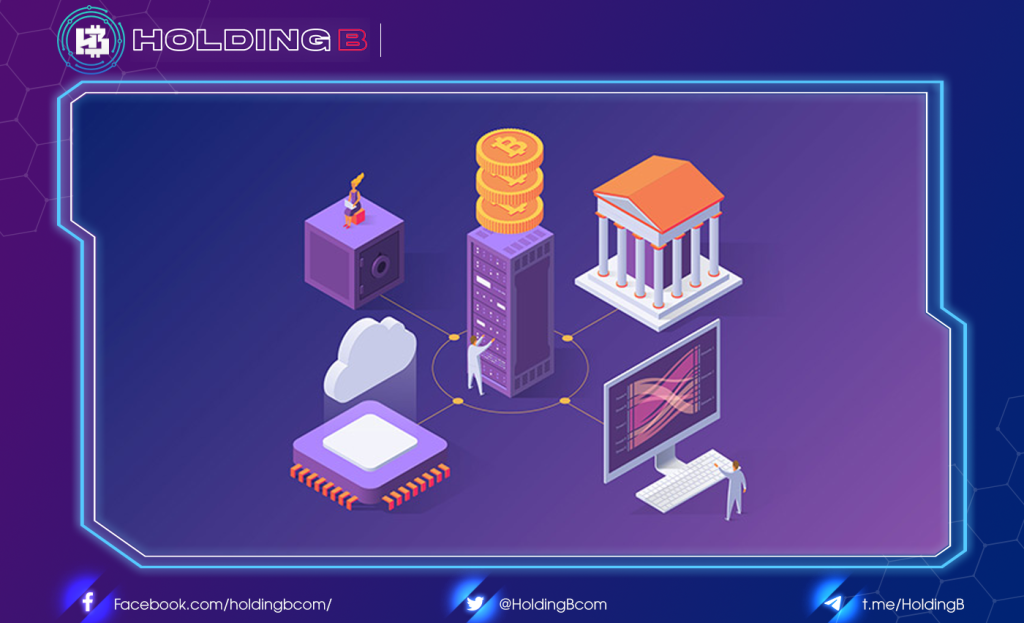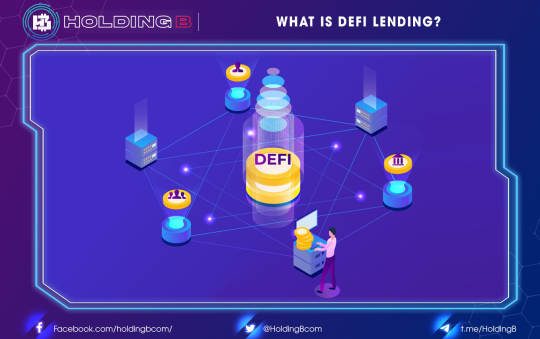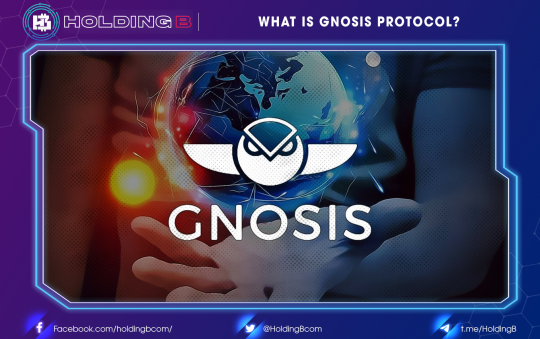
Cryptotrends, PoS, and DeFi
The notable transition from proof of work (PoW) to proof of stake (PoS), the most obvious case being Ethereum, The second trend is the emergence of DeFi applications (dApps) that have dominated the discussion and analysis of investments in the cryptocurrency ecosystem.
However, by nature, DeFi and PoS are not designed or created to be compatible with each other. One of the most important requirements of staking is that users pledge their assets to earn rewards for securing the underlying network.
This makes it impossible for them to access the DeFi ecosystem. What’s more, the protocols implement and enforce waiting times for investors who want to withdraw their holdings, which makes investing in these tokens almost impossible. This poses a problem as there is a loss of income for validators who are not able to invest their shares in more profitable venture projects.
How Liquid Staking Works
Liquid staking was created as a remedy to this dilemma, with liquid staking being the staking protocol. Staking tokens allow staking users to access DeFi and manage their positions in a more flexible and unmanaged way.
Liquid staking solutions allow users the ability to use their locked assets as collateral for investment and trading opportunities while also providing investors with a definite edge in terms of the opportunity to make a profit.
Using liquidity bets, bettors have the opportunity to earn rewards from the interest their staking assets generate and potential profit from additional trading or investment opportunities they identify while placing bets.
Liquidity holders can use their holdings as collateral in external finance applications, which is the result of the ability to tokenize shares. These stake holders can freely trade among themselves, on exchanges, and even across different blockchains.
Liquid staking provides a solution to the problem faced between network security and the development of the DeFi ecosystem on PoS networks. Liquidity staking allows token holders to stake their assets while having a derivative or liquid representation of that asset that they can use in dApps.
Doing this appropriately can ensure that the network maintains a high level of security while unlocking new liquidity that would otherwise be inaccessible in the underlying staking asset. It is essential that people understand what a bet is and how it works.
How PoS and Staking Work
The PoS network gives token holders the opportunity to choose which validators can do work on the network by staking or associating their tokens with a particular validator. The number or number of tokens staked or bonded is always a good way to gauge network security.
Networks that exist with a higher staking value are more secure because the cost of attacking the network increases with the amount of value being placed on the validator on the network. This is only due to the fact that the cost and impact of an attack become more expensive as more values or tokens are set for validators in the active set.
The PoS network provides incentives for staking. They distribute rewards in the form of network inflation and a portion of transaction fees to token holders who have staked. These processes allow token holders to earn “profits” and grow their positions on the network instead of token holders not participating in staking.
Having a high stake early in the life of the network ensures that the network remains secure. But high stakes and yields also lead to liquidity problems over time, forcing DeFi applications to compete with the yields generated through staking.
The Benefits of Liquid Staking
Liquid bets bring many benefits to users. One of its main advantages is that it can use collateral as collateral in other financial applications. Thus, countless possibilities are opened up in the design space. For example, encrypted staking positions can be integrated with other protocols, giving stakeholders the opportunity to control and manage their risk levels and giving them the option to earn an extra profit (reward) on their deposited assets.
The movement of tokens will be smooth, free, and seamless between different users, chains, and even locations. Collectively managed by a decentralized autonomous organization (DAO), the rights associated with the token can be owned and can also be segregated by different entities.
See ya in the next article !
Don’t forget to follow useful articles about Crypto Market from team Holding B !!!
- Telegram Channel: https://t.me/HoldingBcom
- Telegram Group: https://t.me/HoldingB
- Website: https://holdingb.com/
- Twitter: https://twitter.com/HoldingBcom
- Facebook: https://www.facebook.com/holdingbcom





